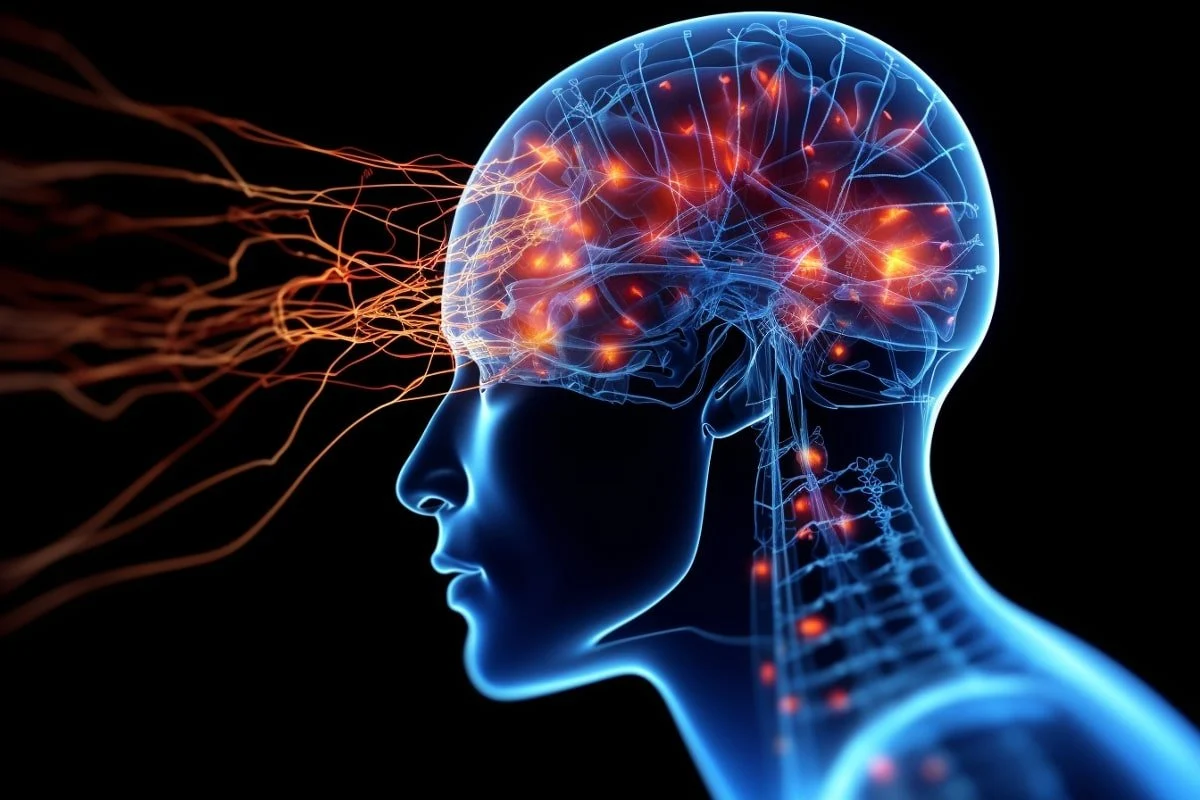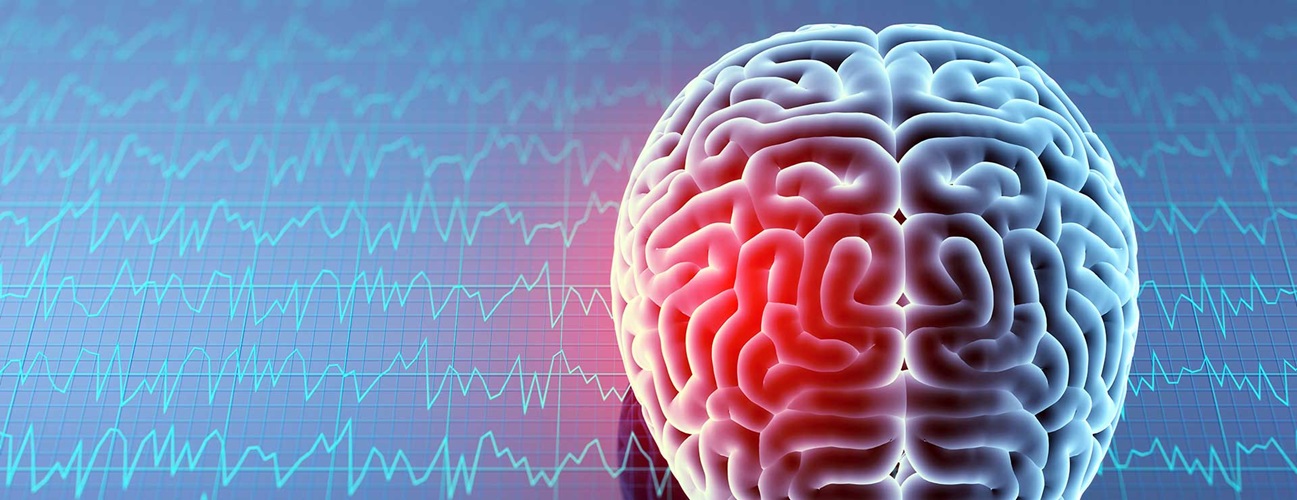Researchers have recorded the brain’s firing patterns during chronic pain for the first time, potentially paving the way for implanted devices that can predict or interrupt pain signals.
In a groundbreaking study, scientists utilized a pacemaker-like device implanted in the brain of four patients who had experienced chronic nerve pain for over a year.
These devices recorded brain activity multiple times a day for up to six months, providing insights into where chronic pain may reside in the brain.
Published in the journal Nature Neuroscience on Monday, the study linked chronic pain to electrical fluctuations in the orbitofrontal cortex, a brain region associated with emotion regulation, self-evaluation, and decision-making.
This research indicates that specific patterns of brain activity could serve as biomarkers to aid in diagnosing and treating the millions of people suffering from chronic pain due to nervous system damage.
“The study really advances a whole generation of research that has shown that the functioning of the brain is really important to processing and perceiving pain,” said Dr. Ajay Wasan, a pain medicine specialist at the University of Pittsburgh School of Medicine, who was not involved in the study.
Approximately one in five American adults experience chronic pain, defined as persistent or recurrent pain lasting more than three months.
Typically, pain measurement relies on patients’ self-reports using numerical scales or visual aids, but these methods can be subjective and inconsistent. Additionally, some patients, such as children or those with disabilities, may struggle to communicate their pain accurately.
“There’s a big movement in the pain field to develop more objective markers of pain that can be used alongside self-reports,” said Kenneth Weber, a neuroscientist at Stanford University, who was not involved in the study.
Dr. Weber noted that these markers can validate the pain experienced by some patients, which is sometimes underappreciated or ignored by doctors.
Previous studies often scanned the brains of chronic pain patients to observe changes in blood flow, an indirect measure of brain activity, but these studies were limited to laboratory settings.
In this new study, Dr. Prasad Shirvalkar, a neurologist at the University of California, San Francisco, and his team used electrodes to measure the collective firing patterns of thousands of neurons.

They implanted these devices in four patients who had suffered from chronic pain for over a year and had found no relief through medications. Three patients had pain following a stroke, while the fourth experienced phantom limb pain after losing a leg.
Patients rated their pain multiple times a day and activated their implants to record brain signals for 30 seconds. This method allowed researchers to measure chronic pain in real-world settings for the first time.
Electrodes were placed in two brain regions: the orbitofrontal cortex, which is less studied in pain research, and the anterior cingulate cortex, known for processing emotional cues. Many studies have highlighted the anterior cingulate cortex’s role in perceiving both acute and chronic pain.
The researchers used machine learning models to analyze the data, predicting high and low chronic pain states based on brain signals alone. They found that specific frequency fluctuations in the orbitofrontal cortex were the best predictors of chronic pain. However, each patient exhibited unique brain activity patterns, or “fingerprints,” for their pain.
Given these variations and the small sample size, Tor Wager, a neuroscientist at Dartmouth College who was not involved in the study, advised caution in declaring orbitofrontal cortex signatures as definitive biomarkers.
“We definitely want to corroborate this with other studies using other methodologies that can provide systematic coverage of the whole brain,” he said.
The study authors also acknowledged that other brain regions might be involved. “We’re just getting started,” said Dr. Edward Chang, a neurosurgeon at the University of California, San Francisco. “This is just chapter one.”
The implants also serve another purpose: deep brain stimulation. As part of a larger clinical trial, Dr. Shirvalkar and his colleagues are using mild electrical currents to stimulate the brain regions near the electrodes.
Along with the four patients in the study, the researchers aim to recruit additional participants, eventually expanding the study to 20 or 30 people. They hope to alleviate chronic pain by sending pulses through the electrodes to correct aberrant brain activity.
